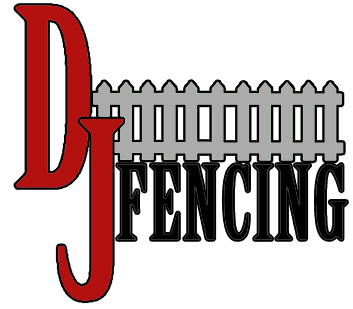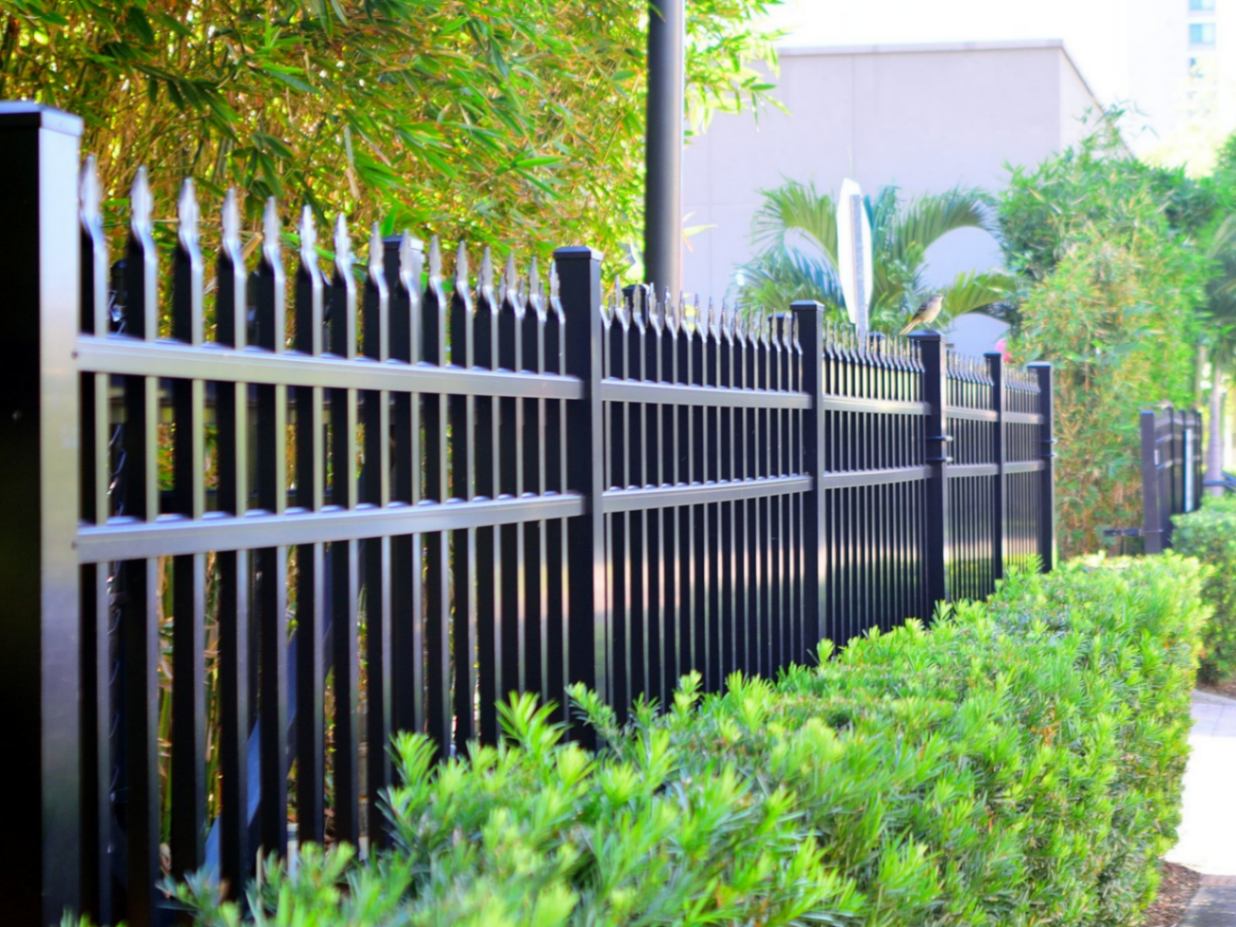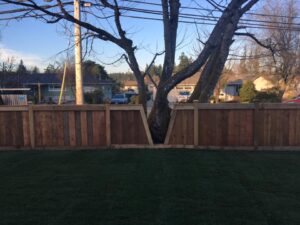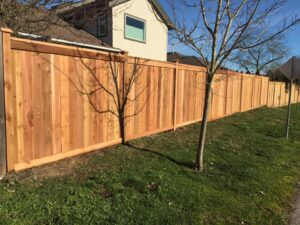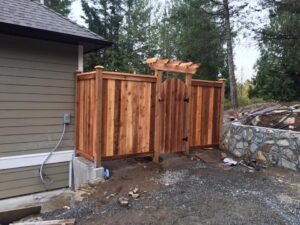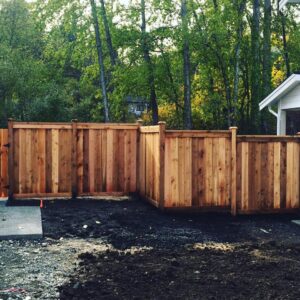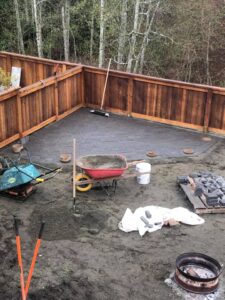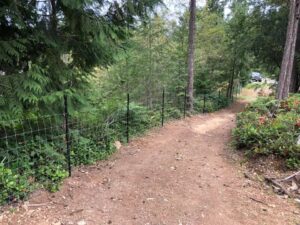When you’re considering a new fence, it’s important to balance your personal needs with local rules. Start by figuring out the main reason for the fence is it to keep your space private, add security, or just make your yard look better? Knowing this will help you decide how tall the fence should be and what style to go with. But that’s just the beginning; the materials you choose and how they handle your local weather are just as important. So, what else should you think about?
Key Takeaways
- Check local rules and permits to make sure your fence’s height and design are allowed.
- Look at your property layout to spot features that affect privacy and boundaries.
- Pick materials that can handle your area’s weather for long-lasting results.
- Choose a design that matches your home’s style and colors.
- Know your fence’s main purpose—privacy, security, or looks—to guide your design choices.
Understanding Local Regulations and Codes
Before you start planning, check your city or town’s fence rules.
Many places require a permit before you build. These rules can control the fence’s height, where it goes, and even how it looks. For example, front yard fences are often limited in height to keep the neighborhood looking nice. Knowing the rules ahead of time helps you avoid problems like fines or having to take the fence down later. Doing your homework now will save you time, money, and stress.
Assessing Your Property’s Needs
To pick the best fence, look closely at your yard.
Do you have trees, hills, or other features that could affect where and how tall your fence should be? These natural features might give you privacy or make it harder to install a fence.
If your yard is wide open, you might need a taller fence. But if it’s already private, something shorter may work fine. Also, think about how the fence will look next to your house. A well-matched design can really improve your home’s overall feel.
Considering Climate and Material Durability
After you’ve thought about privacy and layout, it’s time to look at the weather in your area.
The climate plays a big role in how long your fence will last. If it rains or snows a lot, pick materials like vinyl or pressure-treated wood that can resist moisture. In sunny, hot climates, go for UV-resistant materials to avoid fading or warping. Picking the right materials for your weather means your fence will stay strong and look good for years.
Evaluating Aesthetic Preferences
Think about what kind of look you want for your property.
Modern homes often look great with clean lines and simple designs in neutral colors. If your house is more rustic, a wood fence with natural tones might fit better. Color matters, too—a bright color can stand out, while softer shades can blend in nicely. Also, look at how your fence will work with your landscaping. A well-designed fence can tie everything together and boost curb appeal.
Determining Desired Functionality
Before choosing a design, figure out what your fence is really for.
Purpose of the Fence
Is the fence for security? Then you’ll want a tall, strong fence made of tough materials like metal or wood.
If privacy is your goal, a solid panel fence that blocks the view is a great choice. Adding things like lattice tops or shrubs can make it look nicer while still doing the job.
Knowing the main reason you want the fence helps you pick the right height, style, and material.
Local Regulations Considerations
Before finalizing your plans, double-check local laws. You may need a permit, and there might be rules about fence height, style, and where you can build.
Also, be sure you know exactly where your property lines are—putting a fence in the wrong spot can cause trouble with neighbors. Taking care of these details early on keeps your project on track.
Budgeting for Your Fencing Project
A smart budget keeps your project smooth and stress-free.
Start with a detailed list of costs: materials, labor, gates, and extras like decorations. Some fences are cheap to install but expensive to maintain, so think long-term.
If money’s tight, look into payment plans or loans—many suppliers offer them. Be sure to set aside some extra money for surprise costs. Prioritize what you need and want most to stay on budget.
Frequently Asked Questions
What Are the Best Fence Styles for Increased Privacy?
Solid wood or vinyl fences work best. You can add lattice or plants to improve looks without losing privacy.
How Can I Ensure My Fence Is Pet-Friendly?
Use sturdy materials like vinyl or wood. Make sure it’s tall enough and check for any gaps your pet could squeeze through.
What Maintenance Is Required for Different Fence Materials?
Wood needs staining and sealing. Vinyl just needs cleaning. Metal needs rust checks. Each material has its own care needs.
Can I Install a Fence on a Slope?
Yes! Use a stepped or racked design to fit the slope. Make sure it’s stable and level.
Are There Eco-Friendly Fencing Options Available?
Yes. Bamboo and reclaimed wood are great choices. They’re sustainable and add natural charm to your yard.
Conclusion
Picking the right fence height and design takes a bit of planning, but it’s worth it.
Think about what you need—privacy, safety, style—and check your local rules. Choose materials that fit your weather and match your home’s look. Plan your budget carefully and make sure your fence fits your goals.
Done right, your fence won’t just be practical—it’ll make your whole property shine.
